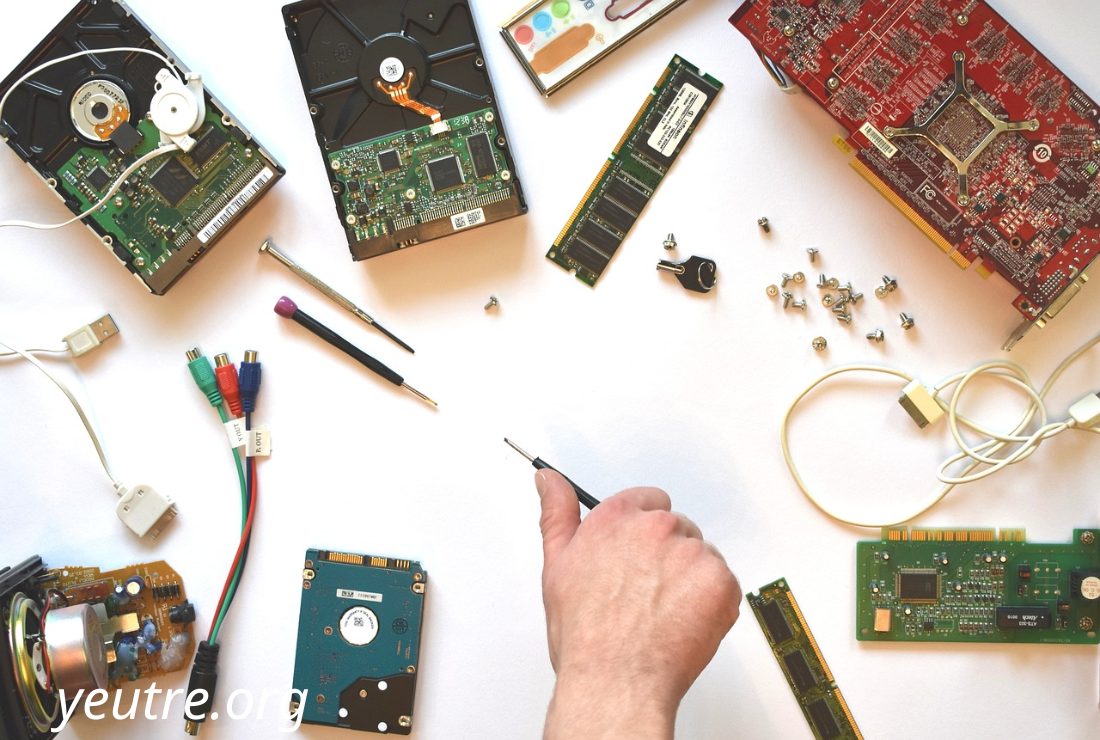Industrial Automation Solutions: Innovative Technologies Transforming Manufacturing and Operational Efficiency
The rise of industrial automation has revolutionized the manufacturing sector, driving unprecedented levels of efficiency, productivity, and cost savings. By incorporating advanced technologies like robotics, artificial intelligence (AI), and the Industrial Internet of Things (IIoT), industries are experiencing a transformation that enables them to optimize operations, reduce human error, and increase output. This article explores the cutting-edge automation solutions reshaping manufacturing and their impact on operational efficiency.
1. The Role of Automation in Manufacturing
Industrial automation involves the use of technology to control and monitor manufacturing processes with minimal human intervention. By automating repetitive tasks, machines and systems can execute operations faster and with greater precision, enhancing overall productivity. Automation is critical for industries aiming to remain competitive in a rapidly evolving global market.
Key Benefits:
- Increased Productivity: Automated systems can operate 24/7 without fatigue, significantly boosting output.
- Improved Accuracy: Robotics and AI reduce the margin for error, ensuring consistent quality across production.
- Cost Efficiency: While automation requires upfront investment, it reduces long-term labor costs and minimizes downtime due to fewer operational disruptions.
2. Key Technologies Driving Industrial Automation
a. Robotics and Automation
Robotics have become synonymous with industrial automation, as robots are now essential in manufacturing processes ranging from assembly lines to packaging. They are capable of performing tasks that require precision and consistency, such as welding, material handling, and even quality inspections.
- Collaborative Robots (Cobots): These robots work alongside human workers, assisting with tasks that may be hazardous or require heavy lifting. Cobots are designed to be flexible and easily programmable, making them suitable for a variety of applications in both small and large-scale manufacturing.
b. Artificial Intelligence (AI) and Machine Learning
AI is transforming automation by enabling machines to learn from data and adapt their behavior over time. AI-driven automation solutions can predict equipment failures before they occur, optimize production schedules based on demand forecasts, and even make real-time decisions to improve efficiency.
- Predictive Maintenance: By analyzing data from sensors and machines, AI algorithms can predict when equipment is likely to fail, allowing for timely maintenance that reduces downtime and extends the lifespan of machinery.
- Process Optimization: AI models can identify inefficiencies in the manufacturing process and recommend adjustments to improve output, reduce waste, and lower energy consumption.
c. Industrial Internet of Things (IIoT)
The IIoT involves connecting machines and devices through the internet, enabling real-time data collection and communication across the manufacturing floor. By integrating IIoT solutions, industries can achieve smarter operations and more informed decision-making.
- Connected Sensors: Sensors embedded in machines can monitor various parameters such as temperature, pressure, and vibration. The data collected is then used to optimize performance, ensure safety, and automate responses to changing conditions.
- Data-Driven Decision Making: The IIoT enables continuous monitoring of operational data, providing manufacturers with actionable insights that help streamline processes, reduce energy consumption, and enhance product quality.
3. Transforming Operational Efficiency
Industrial automation has a profound impact on operational efficiency by streamlining workflows and improving resource allocation. Below are key ways automation is transforming efficiency:
- Reduced Downtime: Automated systems are designed to run continuously, with predictive maintenance solutions ensuring that potential disruptions are identified and resolved before they lead to unplanned shutdowns.
- Enhanced Quality Control: Automation technologies like machine vision systems can inspect products with greater accuracy than humans, identifying defects and ensuring that only high-quality products reach the market.
- Resource Optimization: Automation systems can monitor and adjust resource usage, such as electricity and raw materials, to minimize waste and reduce operational costs. This also supports sustainability efforts by lowering the carbon footprint of manufacturing processes.
4. Challenges and Considerations for Implementing Automation
While industrial automation offers numerous benefits, implementing these solutions requires careful planning and consideration:
- High Initial Costs: Automation technologies, especially robotics and AI systems, often require significant capital investment. However, the long-term savings and increased efficiency often offset these initial costs.
- Workforce Adaptation: As machines take on more tasks, the role of the human workforce is shifting. Employees may need to be retrained for higher-level tasks, such as programming and maintaining automation systems, creating a demand for new skill sets.
- Integration with Existing Systems: Introducing automation technologies into existing manufacturing environments can be complex, requiring integration with legacy systems and careful coordination to ensure a smooth transition.
5. Case Studies: Real-World Applications of Industrial Automation
a. Automotive Manufacturing
The automotive industry has been a pioneer in adopting automation technologies. Robotic arms perform assembly line tasks such as welding, painting, and assembling parts with precision and speed. AI-driven predictive maintenance ensures that production lines run smoothly, reducing the risk of costly downtime.
b. Food and Beverage Industry
In the food and beverage industry, automation is used to enhance production speed and ensure hygiene standards. For example, automated packaging systems can sort, pack, and label products more efficiently than manual processes, while AI monitors for contamination and defects, improving food safety and quality.
c. Pharmaceutical Manufacturing
Automation in the pharmaceutical sector helps ensure precision in drug formulation and packaging, reducing human error and enhancing compliance with regulatory standards. Robotics are also used in laboratory environments for tasks like compound handling and testing.
6. The Future of Industrial Automation
The future of industrial automation will be shaped by continued advancements in AI, robotics, and IIoT, leading to even smarter factories with fully autonomous systems. As automation technologies become more accessible, smaller manufacturers will also be able to harness these innovations to increase their competitiveness.
Emerging Trends:
- AI-Powered Robotics: Robots will become more intelligent, with the ability to adapt to new tasks without human intervention. This will lead to greater flexibility and efficiency in manufacturing environments.
- Digital Twins: The creation of digital twins—virtual replicas of physical systems—will enable manufacturers to simulate and optimize production processes in real time, reducing errors and enhancing performance.
- 5G Connectivity: The rollout of 5G networks will enhance IIoT applications, enabling faster and more reliable communication between machines and systems, leading to even more efficient operations.
Conclusion: Embracing Automation for a Competitive Edge
Industrial automation solutions are no longer a luxury but a necessity for manufacturers looking to thrive in a competitive global market. By leveraging innovative technologies like robotics, AI, and the IIoT, companies can streamline operations, enhance productivity, and reduce costs while maintaining high-quality standards. Embracing automation not only boosts operational efficiency but also prepares businesses for the future of manufacturing, where agility, speed, and data-driven decision-making are key to success.













Post Comment